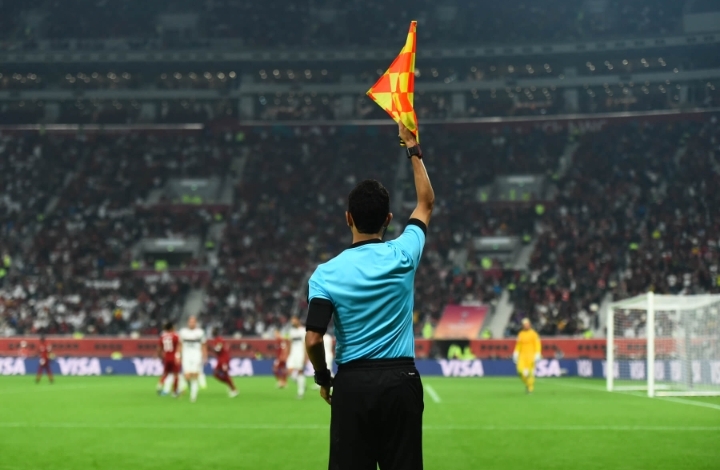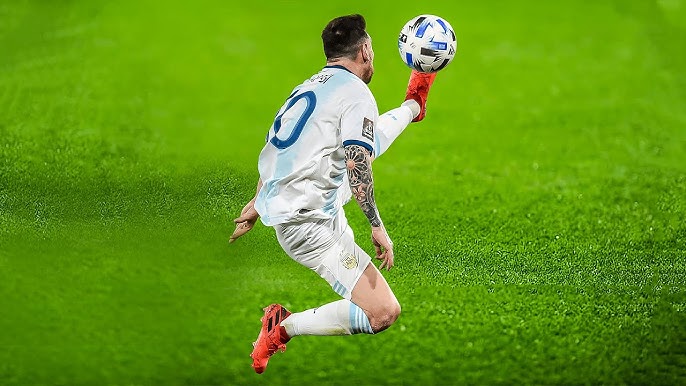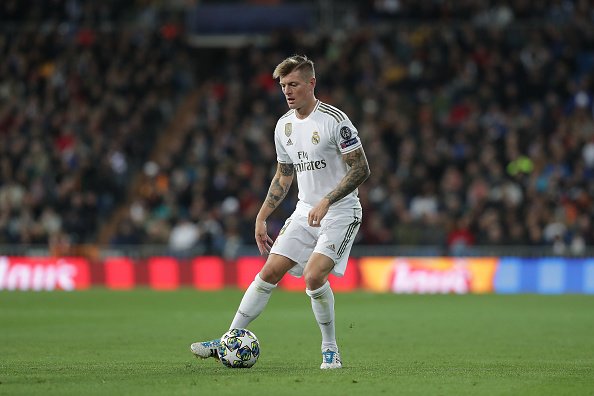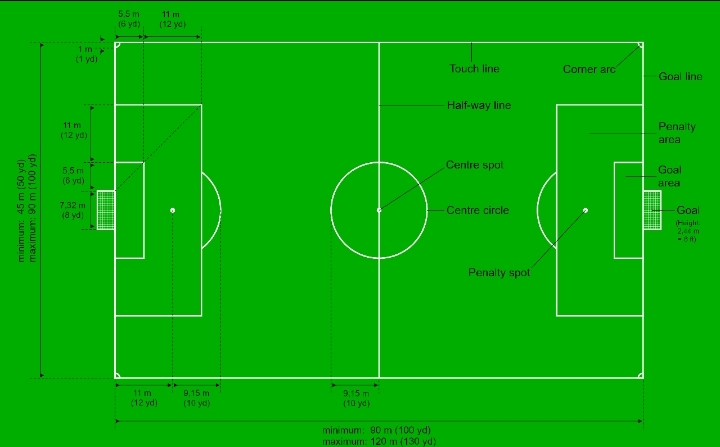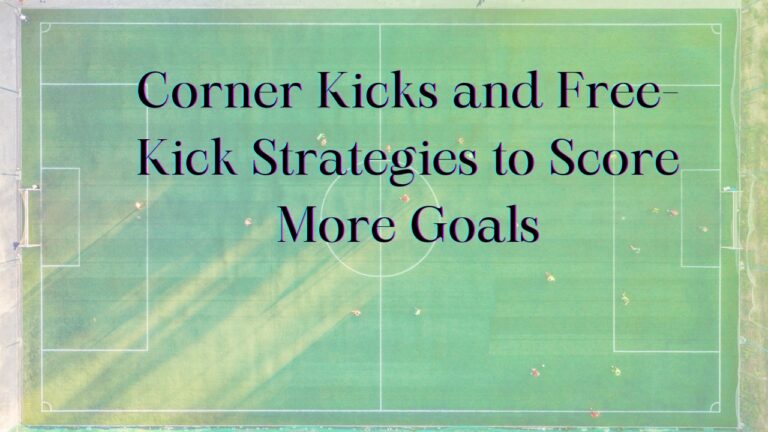What is the Offside Rule in Soccer?
The offside rule is one of the most complex rules in soccer that frequently confuses fans and players alike. At its core, the rule aims to prevent goal-hanging and encourage free-flowing attacking soccer.
The basic definition of offside in soccer is:
A player is in an offside position if they are in the opponent’s half of the field and closer to the goal line than both the ball and the second-last defender. Typically, the goalkeeper is the last defender.
Simply being in an offside position is not an offense in itself. A player is only penalized for offside if they are involved in active play from that offside position.
Some key specifics about the offside position:
Any part of a player’s head, body, or feet can put them in an offside position. Hands and arms do not count for this.
The position is judged at the exact moment the ball is passed forward by a teammate.
So a player needs good timing to avoid straying offside as the ball is played.

Consequences of an Offside Offense
If a player is penalized for an offside offense, the opposing team gets an indirect free kick from the spot of the offense. This means a goal cannot be scored directly from the awarded free kick; another player has to touch the ball before a goal can be scored.
Being caught offside can halt a promising attack, so timing runs correctly is an art that forwards must master.
Now that we’ve covered the basic definition, let’s look at the exceptions and intricacies that make officiating offside tricky.

Exceptions to the Offside Rule
While the basic definition seems straightforward, officiating offside can be complex in fluid play. There are some specific scenarios where a player cannot be penalized for offside:
If a player receives the ball directly from a corner kick, throw-in, or goal kick, they cannot be called offside.
A player cannot be offside if they are in their half of the field, regardless of the position of defenders.
If a player is in their opponent’s half but level with or behind the second-last opponent at the moment the ball is passed forward by a teammate, they are onside. Typically, the goalkeeper is considered the last opponent.
If a player is previously in an onside position when a teammate passes the ball, they cannot be penalized even if they run forward into an offside position after the pass. It is the timing of the pass that counts for judging offside, not subsequent movements.
These exceptions make it nuanced to judge. Players must master staying onside at the exact moment a pass is made, while defenders coordinate holding an optimal offside trap.
Challenging Offside Calls
With the speed of modern soccer, offside decisions made in real-time can be extremely difficult. To aid decision-making, assistant referees signal when they believe a player is offside during the run of play.
The head referee can then decide whether to stop play and penalize based on the assistant’s judgment. This communication between officials is vital in enforcing offside.
The Role of VAR Technology
The introduction of VAR (Video Assistant Referee) reviews has helped provide further analysis of tight offside decisions. However, camera angles can be limited for marginal calls, and human judgment still factors into the final ruling.
At the 2022 FIFA World Cup, a semi-automated offside technology was implemented using multiple tracking cameras, sensors on the ball and players, and 3D animated renders. This promised to enhance offside review and decision-making.

Why Do Referees Still Get It Wrong?
Even with VAR and new technology, disputed offside calls still occur. Reasons why incorrect decisions happen:
The speed and congestion of play make accurate judgments extremely difficult.
Less-than-ideal camera angles can hinder VAR analysis.
Slight calibration issues in the new semi-automated system can cause errors.
Rules require interpretation; the refs may interpret a situation differently than observers.
Simple human error can always occur, even with technological aids.
Fans often vent frustration when goals are disallowed due to contentious off-side calls. But officials have an immensely challenging task keeping up with the pace of the modern game.
Origins and Evolution of the Offside Rule
The offside rule has been part of soccer since its origins in 1863 as one of the original 14 rules of the Football Association. In its earliest form, only three players on the attacking team could be forward of the ball.
This restrictive offside rule was tweaked over subsequent decades. By 1925, the modern version took shape – a player was offside if between the ball and the second-last opponent.
Key modifications through the years include:
1990 A player level with the second-last defender is now considered onside when previously they would be called offside.
1995 Only the head, body, and feet are considered for judging offside position; arms are excluded.
2022 Semi-automated VAR technology was introduced at the World Cup to enhance offside review.
While the basic spirit has been maintained, the intricacies of the offside rule have evolved significantly from the original 1863 laws.
Some soccer analysts, like Arsene Wenger, propose more modifications to create “clearer, more dynamic and attacking football,” like judging offside based on any part of the body being beyond the second-last defender.
FIFA continues fine-tuning offside as both defensive and attacking styles develop.
The Purpose and Spirit of the Offside Rule
At its core, the purpose of the offside rule is to encourage attacking soccer while preventing unfair goal-hanging. According to the IFAB Laws of the Game:
It prevents players from “remaining in front of the opponents’ goal indefinitely waiting for the ball”.
It “encourages one-on-one contests and tactical battles, as players can be punished for always standing in an offside position waiting for the ball.”
Some key purposes and spirit behind the offside rule:
Preventing cherry-picking: It stops players from camping out in front of the goal waiting for easy scoring chances.
Encouraging midfield build-up play: Teams must advance up the pitch using skill and tactics rather than lobbing long balls to parked forwards.
Balancing defensive strategies: The threat of offside facilitates pressing high up the pitch. Defenders can catch fast attackers offside rather than dropping deep.
While controversial, offside ultimately aims to increase free-flowing soccer and scoring opportunities up and down the pitch. It balances offensive and defensive styles of play.
Conclusion
While the basics of offside may seem simple, mastering the nuances and split-second decisions around the rule takes immense skill. Both players and officials must perfectly time their movements and judgments.
Despite over 150 years of evolution, offside continues stirring passionate debates. The balance between flowing soccer and tactical defending means offside will likely remain contentious.
Related Post: How Long is a Soccer Field? Pitch Dimensions Fully Explained
Author

